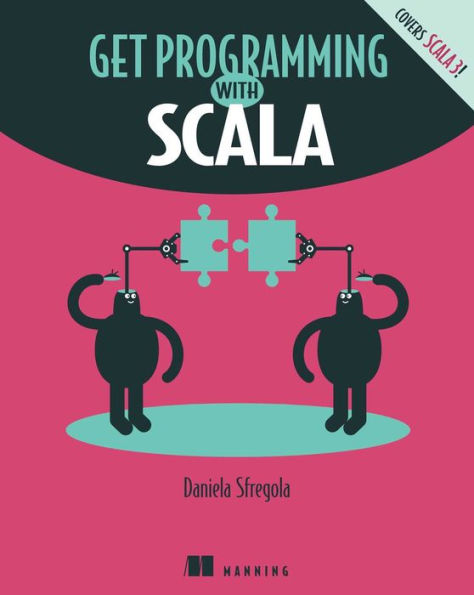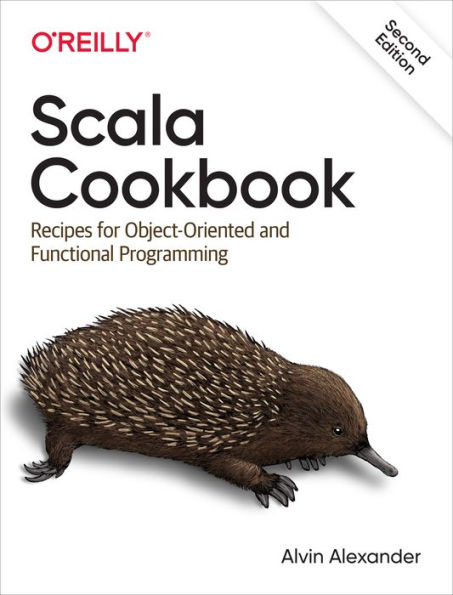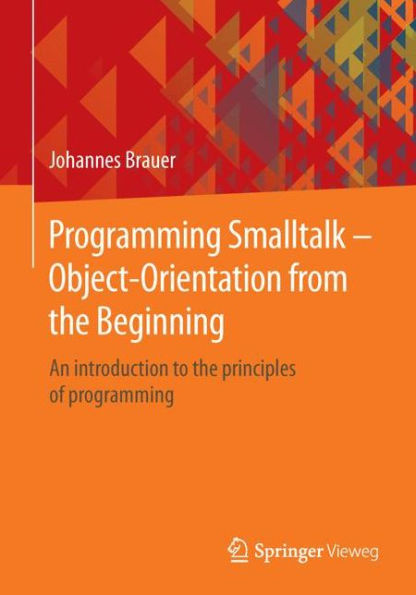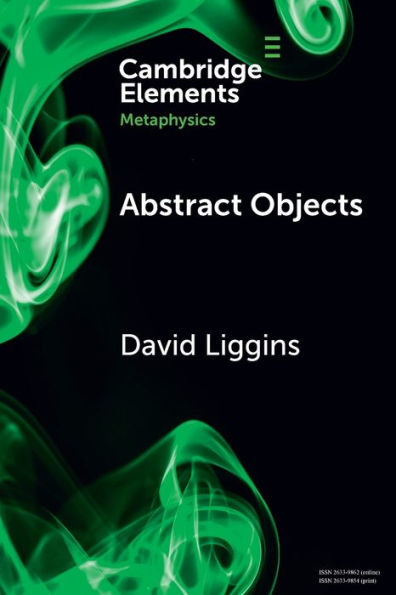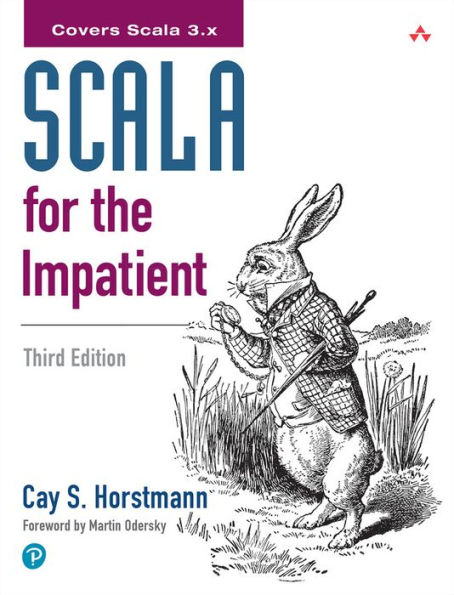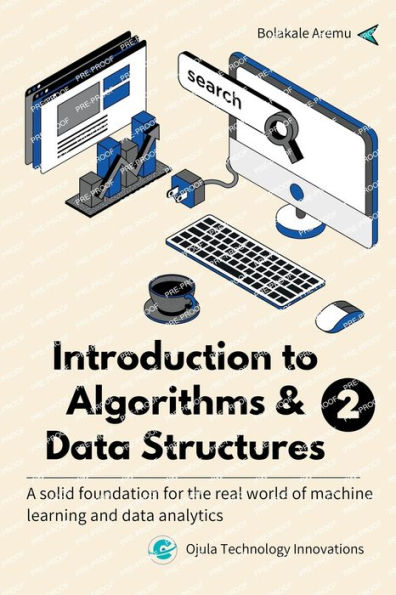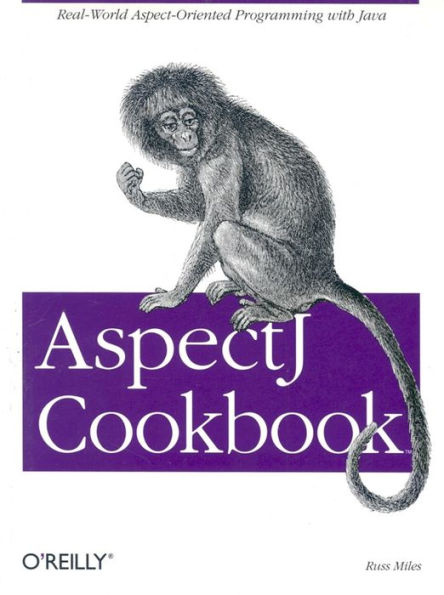Home
Object-Orientation, Abstraction, and Data Structures Using Scala
Loading Inventory...
Barnes and Noble
Object-Orientation, Abstraction, and Data Structures Using Scala
Current price: $240.00
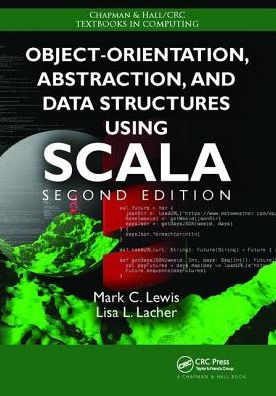

Barnes and Noble
Object-Orientation, Abstraction, and Data Structures Using Scala
Current price: $240.00
Loading Inventory...
Size: OS
*Product Information may vary - to confirm product availability, pricing, and additional information please contact Barnes and Noble
Praise for the first edition: "The well-written, comprehensive book [is] aiming to become a de facto reference for the language and its features and capabilities. The pace is appropriate for beginners; programming concepts are introduced progressively through a range of examples and then used as tools for building applications in various domains, including sophisticated data structures and algorithms Highly recommended. Students of all levels, faculty, and professionals/practitioners.D. Papamichail, University of Miami in CHOICE Magazine Mark Lewis Introduction to the Art of Programming Using Scala was the first textbook to use Scala for introductory CS courses. Fully revised and expanded, the new edition of this popular text has been divided into two books. Object-Orientation, Abstraction, and Data Structures Using Scala, Second Edition is intended to be used as a textbook for a second or third semester course in Computer Science. The Scala programming language provides powerful constructs for expressing both object orientation and abstraction. This book provides students with these tools of object orientation to help them structure solutions to larger, more complex problems, and to expand on their knowledge of abstraction so that they can make their code more powerful and flexible. The book also illustrates key concepts through the creation of data structures, showing how data structures can be written, and the strengths and weaknesses of each one. Libraries that provide the functionality needed to do real programming are also explored in the text, including GUIs, multithreading, and networking. The book is filled with end-of-chapter projects and exercises, and the authors have also posted a number of different supplements on the book website. Video lectures for each chapter in the book are also available on YouTube. The videos show constr
